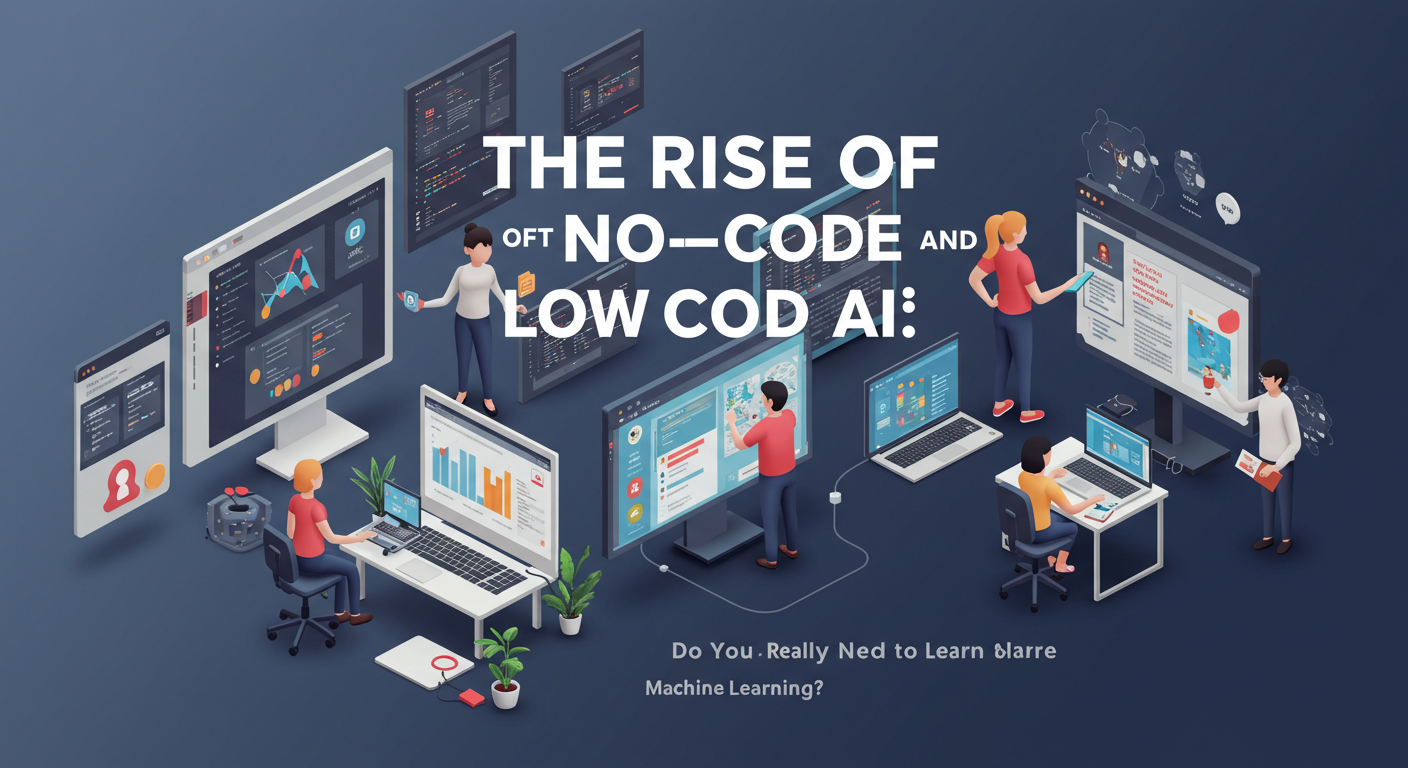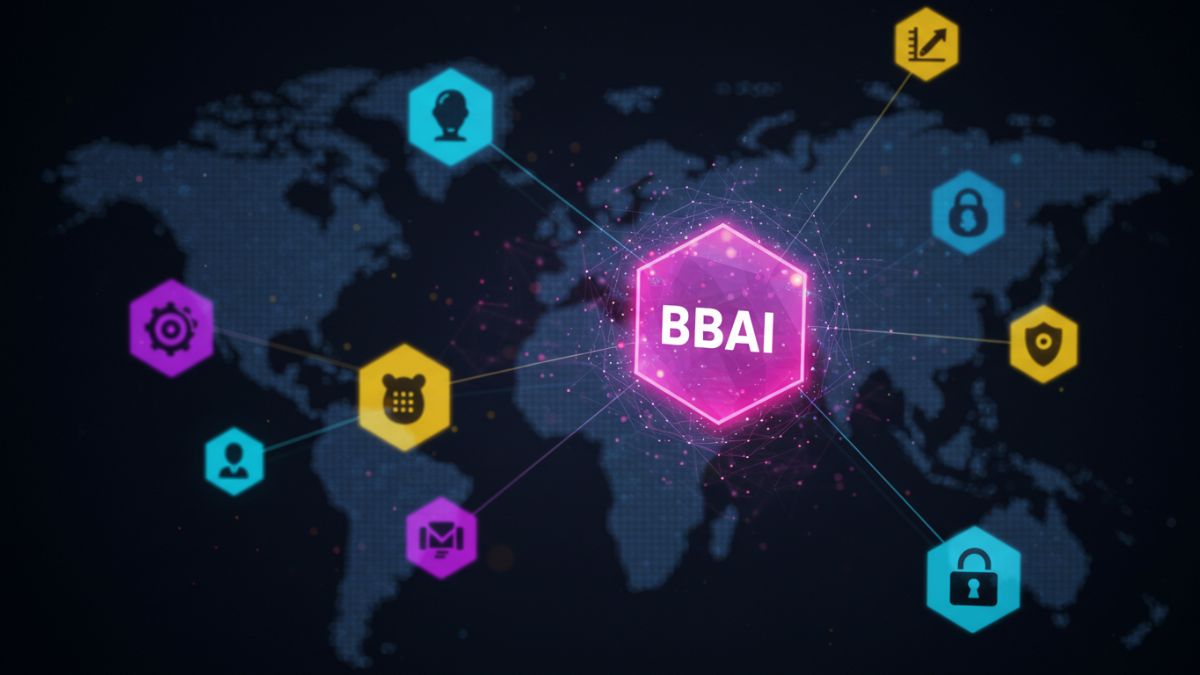What about an AI powered chatbot for your business or discovering customer trends with just some clicks; no programming no heavy algorithmic process, just a simple drag & drop interface. Sounds futuristic? It’s not. That’s the world of no-code and low code AI where everyone, no matter their technical background, can tap into the power of artificial intelligence.
Today in the fast changing Indian digital economy, where industries are rushing to use AI solutions and AI is becoming accessible to small businesses in tier 2 cities and aspiring startups in tier 1 cities, these platforms are breaking down the barriers to make AI accessible. Does this ease of use mean that we no longer need to learn machine learning? Are technical skills becoming unnecessary in the ecological revolution of simplified AI tools?
What Are No-Code and Low-Code AI Platforms?
AI and machine learning no or low code platforms are just that, tools that without much effort, let you build your AI models. Rather than scripting complex code, users are able to build, train and deploy AI systems through drag and drop interfaces, pre built templates and automated workflows. What democratizes AI on these platforms is that it becomes accessible to non technical users like business professionals, marketers, and entrepreneurs.
These tools are proving very useful in India, where digital transformation is quickly restructuring industries. For instance:
Small and Medium Enterprises (SMEs): Many Indian SMEs are using noncode AI tools to automate customer service, investigate the market trends or improve logistics without hiring data scientist.
E-commerce Startups: The new feature of inventory management and personalized recommendations powered with AI is already integrated as such on platforms such as Shopify—there is no need to have a deep technical knowledge to leverage this.
With the help of no code and low code platforms, Indian businesses are now enabled to compete globally and do fast innovation in the area of AI development.
The Pros and Cons of No-Code AI
Advantages:
Accessibility: AI is usable by people without technical knowledge using no code platforms. In particular, it is very useful in India where funded digital skill training is urgently needed while little advanced education is accessible from the rural areas.
Cost-Effective: Typically, they are very expensive with expensive software, expensive hardware, and expert talent. That’s where no-code AI comes in, slugging many of these costs and making no code AI viable for startups and small businesses.
Faster Implementation: Building AI models from scratch can be weeks, or even months. The no-code platforms greatly reduce development time, allowing business to react quickly to market changes.
Limitations:
Limited Customization: Pre-built solutions can be offered by no code AI tools, but they don’t provide the flexibility that highly specific or complex problems typically demand.
Dependence on Vendors: It makes businesses rely on the platform providers with regards to its updates, scalability and support, which means higher long term costs.
Lack of Advanced Knowledge: Using only no code tools without even a basic understanding of what they do can actually hinder your ability to troubleshoot or innovate.
Do You Really Need to Learn Machine Learning?
For most Indian professionals, the answer depends on your career goals and industry. If you find yourself working in a field where you use AI to tackle mundane problems, no-code tools should be enough. But if you’re interested in working on cutting edge innovations, creating proprietary AI solutions, or getting a better understanding of how AI systems work then it’s important to learn ML.
Thanks to advanced AI models that are quickly being implemented in industries like finance, and healthcare, there is a need for customization as well as a good understanding of ML. ML courses will be very beneficial for professionals aiming to enter these sectors.
Additionally, ML courses are valuable for individuals who want to:
Transition into AI roles: A lot of IT professionals in India are upskilling for themselves so that they are relevant in the job market. ML knowledge can get you going in the career of an AI engineer, a data scientist, or a machine learning researcher.
Understand AI ethics and governance: As AI adoption takes place it means that bias, privacy, and transparency needs to be taken care of. ML is the bread and butter to solving these problems.
Collaborate effectively: It doesn’t require highly technical people, like data scientists, to pick up some basic ML knowledge so they can collaborate better with technical teams, even in roles such as project management or product design.
Conclusion
Undoubtedly, no code and low code AI are completely changing the AI landscape in India. Like any tool, however, understanding the strengths and weaknesses of the tool is important to making the most of it. Machine learning is still an essential skill for those willing to take their learning beyond the surface in the age of AI.











